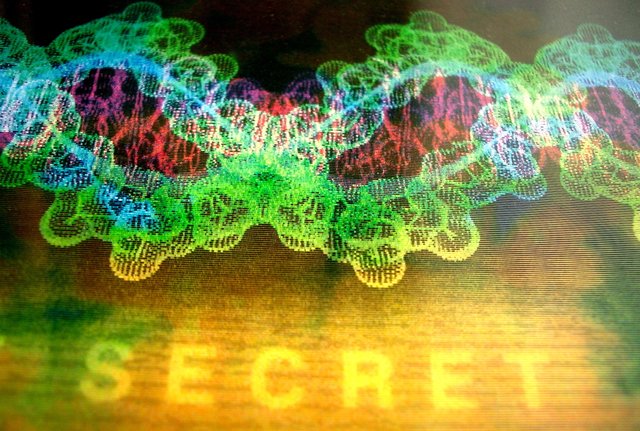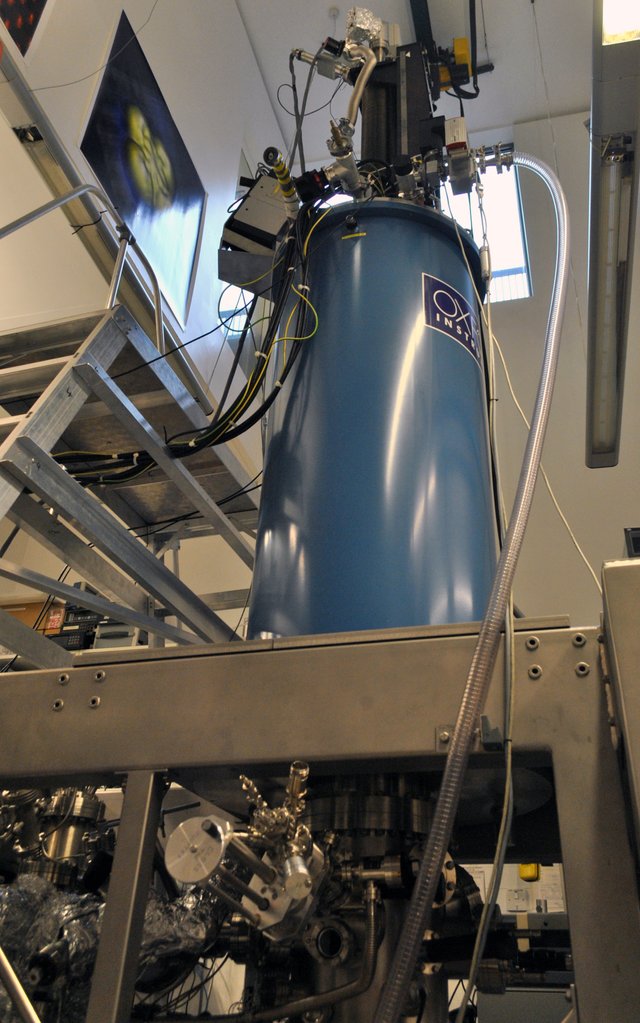NANOTECHNOLOGY AND WHY SHOULD YOU CARE?
INTRODUCTION TO NANOTECHNOLOGY
Before we get too technical try this:
Pick up something that is close to you, anything be it glass cup, phone or T-shirt. Now think about what these things does well and what it doesn’t do so well. For example, glass cup smashing when you drop it, your phone running out of power just when you needed it or your T-shirt smelling after you’ve worn it for a couple of days.
All these things good or bad depend on the individual atom that make up the things around us and importantly how they are put together. It’s a bit like a car working because of the engine, wheels and tryes put together but they all have to be in place if you want the car to get you to where you are going without falling apart. Atoms are smaller than the wheels of a car but the same idea holds. The arrangement of atoms in materials determines how strong or weak the material is or if it conducts electricity. And this include the things you don’t want the material to do like the T-shirt worning out after some time or your phone running out of power. If we were really smart of course we will make the materials around us work better by simply doing a better job of arranging the different atoms it made of. If we were smarter still, we could make new materials by putting atoms together in ways we've never done before, because when you start playing around with atoms you could tap into some really weird quantum physics. The trouble is atoms are really small, more than the tip of your finger which make them not easy to work with.
But for the past few years scientists and engineers have become good at designing and engineering materials down the level of atoms or small group of atoms and because this ‘new technology' involves materials at such a minute scale its called NANOTECHNOLOGY. Using the new scale nano technologist are beginning to create materials that will be able to improve the efficiency energy absorbing and storing products or microscopically small particles to deliver anti-cancer drugs to the affected area or even turning polluted water into drinkable water through the used of nanofiltration membranes. Nano technologist are also inventing glass that does not break when you drop it, batteries that last longer and even T-shirts that smells fresher even if you've worn it for a couple of days. This is really power technology it helping us to do things we never couldn’t dream of few years ago.
Today, nantechnology is one of the most researched scientific field and its holds enormous potential in many areas.

The History of Nanotechnology
Nanotechnology was predicted by Richard Feynman a physicist in a speech he delivered about 'Caltech' in 1959 called 'There is plenty room at the bottom'. The lecture expose the idea of building materials at the atomic and molecular scale. But it wasn't until 1981 that nanotechnology became a reality when Zurich Switzerland an IBM sciectist,designed the first Scanning Tunnelling Microscope (STM), which allows for single atoms to be seen by scanning a tiny probe over the surface of a silicon. Later in 1990, IBM scientists discovered how to make use of an STM in moving single xenon atoms on a nickel surface making the smallest logo in the world using only 35 atoms.. The nanoscale is the scale is the fundamental building blocks of atoms and molecules in the material world.
Other techniques includes Atomic Force Microscope (AFM) and Magnetic Resonance Imaging (MRI).

Scientists can start affecting the properties of materials directly at nanoscale making them harder or lighter or increasing their durability. In some cases, making materials smaller changes their chemical or physical properties especially when refashioned at the nanoscale. Nanoscale particles are chemically more reactive than their ordinary sized counter part. Nanoscale particles have more surface area which is the reason for fundamental change in the internal structure of compounds. Pure carbon , takes two forms diamond and graphite (pencil lead), but by arranging carbon into nanometer scale structures a stronger and lighter product is formed.
What is Nanotechnology?
Nanotechnology is the application of nanoscience leading to the manipulation and use of materials at nanoscale. Nanotechnology helps to design custom-made materials, products with new electronic component, types of smart medicines and sensors.
Nanoscience refers to the study of engineered matter, particles and structures on the scale of nanometer (1- 100nm). Properties of materials, such as the electrical, optical, thermal and mechanical properties, are determined by the ways molecules and atoms assemble on the nanoscale into larger structures.
What are Nano materials?
Nanomaterials are materials with external dimension in the nanoscale or having surface structures in the nanoscale" or they are also materials made from nanotechnology.
Nanoscale is the length range approximately from 1 nm to 100 nm, which includes both nano-objects that are discrete pieces of materials. Examples include fullerenes and nanoparticles. Fullerenes are made from graphene sheets rotted in form of spheres. An example is carbon nanotubes mostly used in medicinal field to bind anti biotics to the structure of resistant bacteria.

Applications of Nanotechnology
Life without nanotechnology is difficult to imagine. Nanotechnology are used in various products and industrial applications.
Below is an overview of some recent applications of nanomaterials. Most of the recent applications are evolutionary development of the existing technologies, for example the deduction in size of electronics devices. This gives an idea of where nanotechnology will take us and where nanotechnology can be used in the the nearest future.
Nanocomposities
It is a binding agent to which nano particles have been added to enhance a particular property of the material. The nanoparticles and nanotubes used in composites exhibit the properties of their separate components.
The characteristics of nano composite have made researchers and companies to consider using this materials in various fields which includes:
Production of Batteries with larger power output from anodes made of silicon carbon nano composites which makes closer contact with the lithium electrolyte which enables faster charging. Also in the production of composite fabric with nano- sized particles.
Rapid Healing for Broken Bones : Nanotechnology has improved the growth of replacement bone through the use of nanotubes-polymer.
Detection of chemical sensors
Different types of detecting elements such as carbon nanotube, zinc oxide nanowire or palladium nano particles are used in nanotechnology- based sensors to detect small amount of chemical vapours.
Production of nanocoating and nanostructures surfaces.
This process is as a result of an application where nanostructures build a consistent network of molecules on a surface. The surface could be designed to be hydrohobic or hydrophilic. Nano structured ceramic coatings demonstrate greater toughness than conventional wear resistant coatings for machine parts.
Nanotechnology for claener water
Nanotechnolgy helps in removal of industrial wastes such as using TCE (a cleaning solvent). Nanoparticles also convert contaminating chemicals through chemical reactions to make it safe to drink.
Nanotechnolgy improve the performance of catalyst used to transform vapours that eludes from cars or industrial plants into harmless gasses for a safer environment. Nanotechnology can be incorporated into solar cells to convert sunlight to electricity. This means of generating electricity is cheaper to manufacture and easier to install.
Nanoclays
Organoclays in polymer industries are used to adjust the consistency of printing inks, also used to thicken lubricating oils. They are used in cosmetics to improve the colour and coverage of nail varnishes, eyeshadow and lipsticks.
Anti-corrosive coatings
The application of nanocoatings on metal components protect metals against degradation by air,moisture,salt spray or exposure to corrosive chemicals. The coated layer acts as a barrier to hold back contact with corrosive materials. This increase the durability of metals.
Water proof and non-stick coatings
Nanocoatings has also made surfaces or materials water or liquid repellent. This applies to a number of surfaces like clothing, safety shoes, furniture, electronics for example nanocoated phones which are water repellent, and so many hydrophilic materials. The nanocoating create a 'lotus effect' like how water rolls off a leaf. These applications have enhanced the use of cleaner products.

Antibacterial coating
The application of nanotechnology in anti-bacterial coating decrease the growth of micro-organism to prevent infections. These products are mostly kitchen equipments, sanitary and food preparation materials.
Tougher and Harder Cutting Tools
Cutting tools made of nanocrystalline materials, such as tungsten carbide, tantalum carbide and titanium carbide, are more wear and erosion-resistant, and has high durability than their ordinary (large-grained) counterparts.
Negative Effects of Nanotechnology on the Environment
The environmental effects and risk of nanotechnology is limited and inconsistent for the past years. The environmental harm caused through nanotechnology includes-
Need for trained nano-engineers and nano-scientist.
Inhaled nanoparticles may lead to lungs inflammation and heart problems.
Nanoparticles used to carry drugs to the brain may be toxic to the brain.
The energy required for synthesizing nanoparticles is high.
Conclusion
There is no doubt about it that nanoscale materials will make products with high durability value, strength,reduced weight,higher quality, less energy consumption products and also ensure a cleaner environment. But it may also contaminate the environment in other ways. Inhaled nanoparticles could be harmful to the body system depending on the characteristics of the nanoparticles inhaled.
Therefore,we can not but embrace this Newest Field of Technology, but preventive measures must be taken against its harmful effects.
References:
http://www.emm-nano.org/what-is-nanoscience-nanotechnology/
https://www.nano.gov/you/nanotechnology-benefits
http://www.understandingnano.com/nanotech-applications.html
http://nanoall.blogspot.com.ng/2010/11/uses-of-nanoclay.html?m=1
https://www.nanowerk.com/nanotechnology-applications.php
http://ec.europa.eu/health/scientific_committees/opinions_layman/en/nanotechnologies/l-2/6-health-effects-nanoparticles.htm
https://www-newscientist-com.cdn.ampproject.org/v/s/www.newscientist.com/article/dn9939-introduction-nanotechnology/amp/?usqp=mq331AQCCAE%3D&_js_v=0.1#amp_tf=From%20%251%24s
https://www.nano.gov/nanotech-101/what/definition
http://www.understandingnano.com/introduction.html
http://www.nanotechproject.org/cpi/products
That was quite a long article. I have a few suggestions that would make your article better:
If you have any problem regarding STEM-related articles, you can join steemSTEM Discord Channel and we will be glad to assist you.
Thanks for the tips. I am grateful
Congratulations @mikmercy! You received a personal award!
You can view your badges on your Steem Board and compare to others on the Steem Ranking
Do not miss the last post from @steemitboard:
Vote for @Steemitboard as a witness to get one more award and increased upvotes!